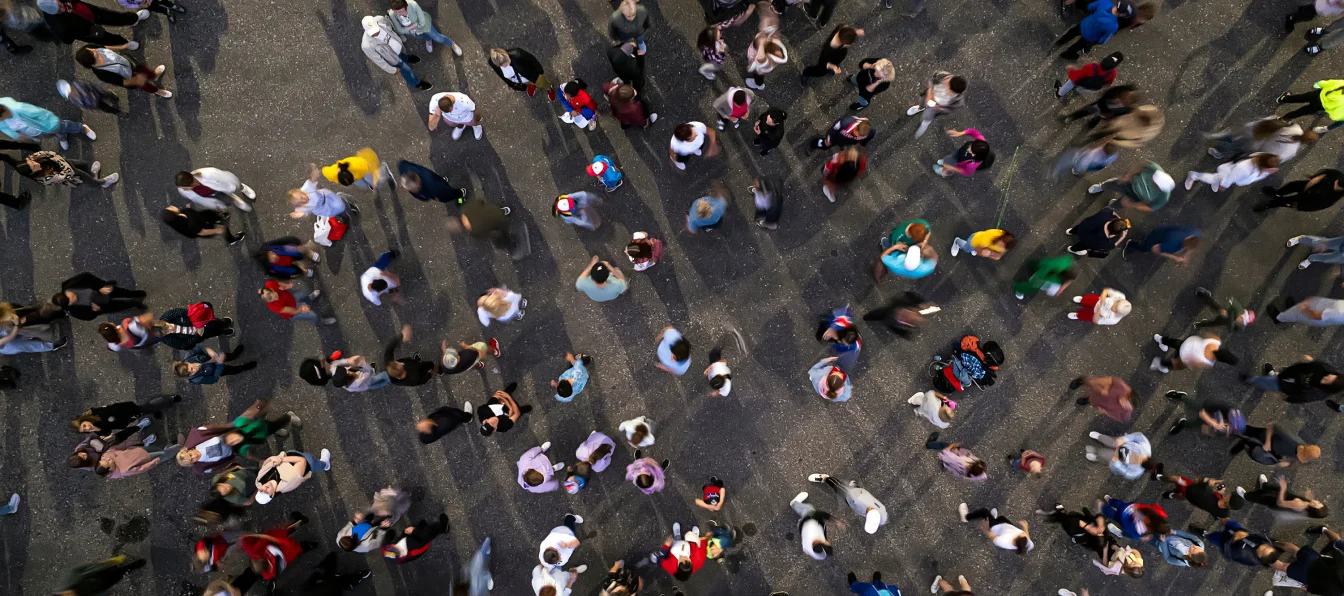
Crime
Track violent and property crime rates throughout the decades with local and federal law enforcement metrics, get data on illegal drug use, and see the roles jails and prisons play in the US.
Data guides
Take a deeper dive into civics issues at your own pace.
More crime insights
Fact-based answers to the questions we’ve all been asking.
US government agencies explained
Explore the government agencies that play a role in crime.
